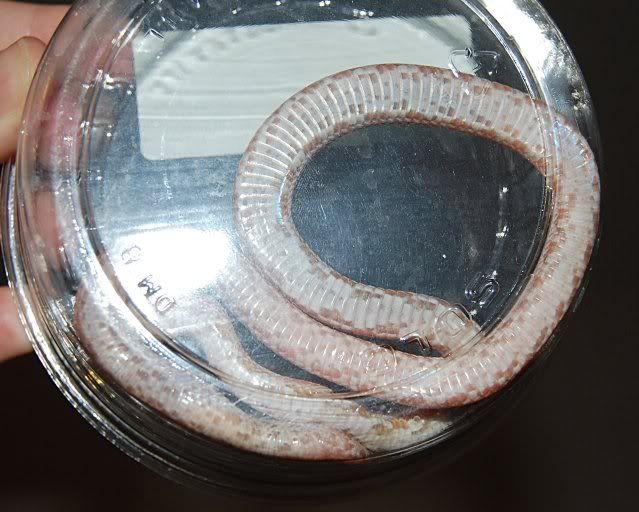No, motleys are not hybrids. I think you're misunderstanding the variation Joe is talking about (variation I also agree about too). Within a single clutch of motleys you get all clear bellies (maybe a little black speckling, but no checkers...with the exception of sunkissed...but those checkers are few and far between). Within a single clutch of bloods you get a clear belly with some lateral color bleeding into the ventral scales (you even have the translucent scales in the center of each ventral scale; which is a 100% way of identifying blood stripes from a stripe het blood x stripe het blood pairing). What you don't get in those examples is what occurs in tesseras. Within a SINGLE CLUTCH you'll have siblings with clear bellies, some with checkers, some completely checkered, and some with the upper half absent of pigment only to have the lower half go to full checkers. That doesn't occur with any other corn morph! It's a marker that's indicative of two genes, both from independent evolutionary origin, that reside at the same loci on sister chromosomes. It's what happens when two genes are having compatibility issues during development; one of the genes is giving instructions for one pattern while the other is giving another. You simply don't see this WITHIN CLUTCHES with any other morph.

